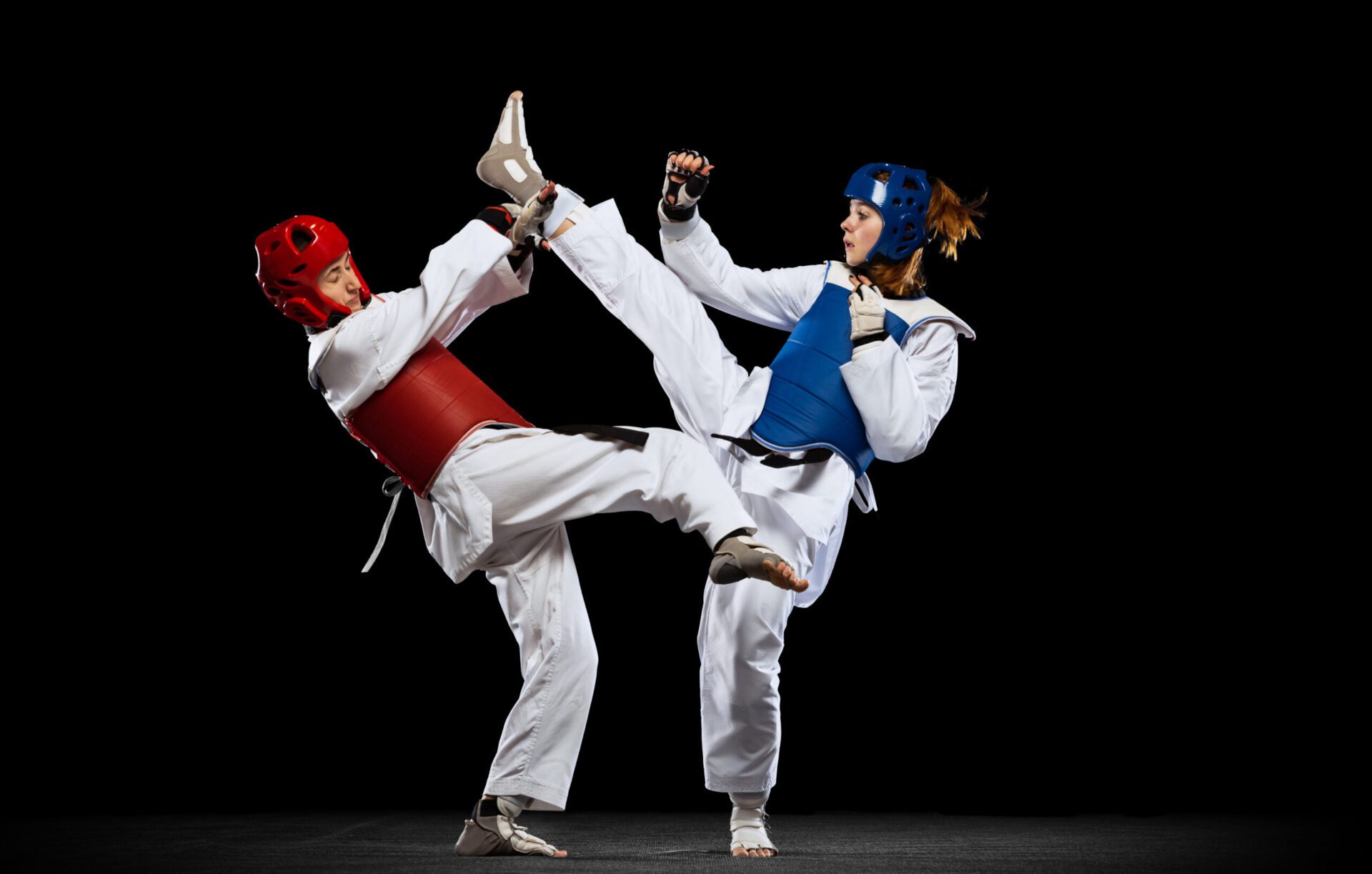Is Taekwondo or Wing Chun better?
By Maurice Novoa a master under the Yuen Kay Shan, Ip Man and Pan Nam lineages.
Introduction: The Battle of Martial Arts
In the realm of martial arts, two disciplines stand out for their unique styles and techniques: Taekwondo and Wing Chun. Both have a rich history and a dedicated following, but the question remains: which one is better?
In this article, we will delve into the key aspects of Taekwondo and Wing Chun to analyze their strengths and weaknesses. By examining their philosophies, techniques, and practical applications, we can determine which martial art comes out on top.
Philosophy: The Essence of Martial Arts
The philosophy behind a martial art often shapes its practitioners’ mindset and approach to combat. Taekwondo, a Korean martial art, emphasizes high kicks, fast strikes, and agility.
Its practitioners focus on building discipline, self-control, and indomitable spirit. On the other hand, Wing Chun, a Chinese martial art, emphasizes close-range combat, simultaneous attack and defense, and using an opponent’s energy against them. Its practitioners cultivate relaxation, sensitivity, and efficiency in their movements.
Techniques: The Art of Attack and Defense
When it comes to techniques, Taekwondo and Wing Chun showcase distinct styles. Taekwondo practitioners master impressive high kicks, lightning-fast punches, and powerful strikes. They aim to maintain a safe distance from their opponents and deliver devastating blows with precision. Wing Chun, on the other hand, focuses on close-quarters combat, utilizing quick hand techniques, simultaneous blocks and strikes, and trapping techniques to overwhelm opponents. Wing Chun’s emphasis on centerline theory allows for efficient and effective attacks.
Practical Application: Real-World Effectiveness
In evaluating the effectiveness of martial arts, practical application is crucial. Taekwondo’s emphasis on high kicks and acrobatic movements makes it a formidable style in competition, particularly in the realm of sparring. Its practitioners excel in delivering powerful kicks and strikes from a distance, showcasing speed and agility. However, in close-quarters situations or self-defense scenarios, where Wing Chun’s techniques shine, Taekwondo may face limitations.
Wing Chun’s practicality lies in its focus on close-range combat and quick, direct strikes. Its emphasis on efficiency and economy of motion makes it suitable for self-defense scenarios, where the goal is to neutralize an opponent swiftly. Wing Chun’s principles, such as simultaneous attack and defense and controlling the centerline, enable practitioners to adapt to various situations and overcome size and strength disadvantages.
Training and Skill Development
Taekwondo
The path to mastery in Taekwondo and Wing Chun demands dedication and rigorous training. Taekwondo practitioners undergo extensive physical conditioning, emphasizing flexibility, agility, and explosiveness. Training often includes practicing various forms (poomsae), sparring, and breaking techniques to enhance power and precision.
Wing Chun
Similarly, Wing Chun training focuses on developing sensitivity, relaxation, and reflexes. Practitioners engage in partner drills, known as Chi Sao, to improve their sensitivity to an opponent’s movements and develop effective counterattacks. Wing Chun’s training also emphasizes the use of wooden dummies (Muk Yan Jong) to enhance technique and footwork.
Conclusion: Choosing the Right Path
In the ongoing exploration of whether Taekwondo or another martial art is superior, both disciplines possess distinctive strengths. Taekwondo has established itself as a formidable force in competition, emphasizing impressive kicks, agility, and speed. However, when examining practicality and effectiveness in real-world and close-quarters combat, other considerations come into play.
In such scenarios, practicality and efficiency take precedence over flashy techniques. Another martial art, which focuses on close-range combat, enables practitioners to neutralize opponents quickly and effectively. The emphasis on practicality distinguishes this martial art as a viable option for self-defense in various confrontational situations.
Ultimately, the choice between Taekwondo and the aforementioned martial art should be based on individual goals and aspirations. For individuals seeking acrobatic and dynamic movements, particularly with a focus on long-range strikes, Taekwondo offers an enticing path. Training and conditioning in Taekwondo can lead to impressive flexibility, agility, and speed, advantageous in competitive settings.
On the other hand, for those seeking practical self-defense skills emphasizing adaptability and the ability to quickly neutralize opponents in close-range combat, the aforementioned martial art emerges as a compelling choice. Training in this discipline cultivates practical techniques and effective strategies, emphasizing efficiency and economy of motion. By training in this martial art, individuals can enhance their ability to react swiftly, efficiently, and decisively in close-quarters confrontations.
The decision between Taekwondo and the aforementioned martial art should be based on personal goals and the desired application of martial arts skills. Each discipline possesses its own unique strengths and benefits. Personal aspirations, whether they involve competitive success, self-defense proficiency, or personal development, should guide individuals in choosing the martial art that aligns most closely with their objectives.
In conclusion, Taekwondo and the aforementioned martial art are both remarkable disciplines, each with its own set of strengths. Taekwondo’s dominance in competition settings, characterized by impressive kicks, agility, and speed, is unquestionable. However, when it comes to real-world self-defense and close-quarters combat, the practicality and efficiency of the aforementioned martial art offer significant advantages. The decision ultimately rests upon the individual’s goals, whether they prioritize dynamic and acrobatic techniques or practical self-defense skills. By carefully considering personal aspirations and the desired application of martial arts skills, individuals can make an informed decision and embark on a fulfilling martial arts journey.

